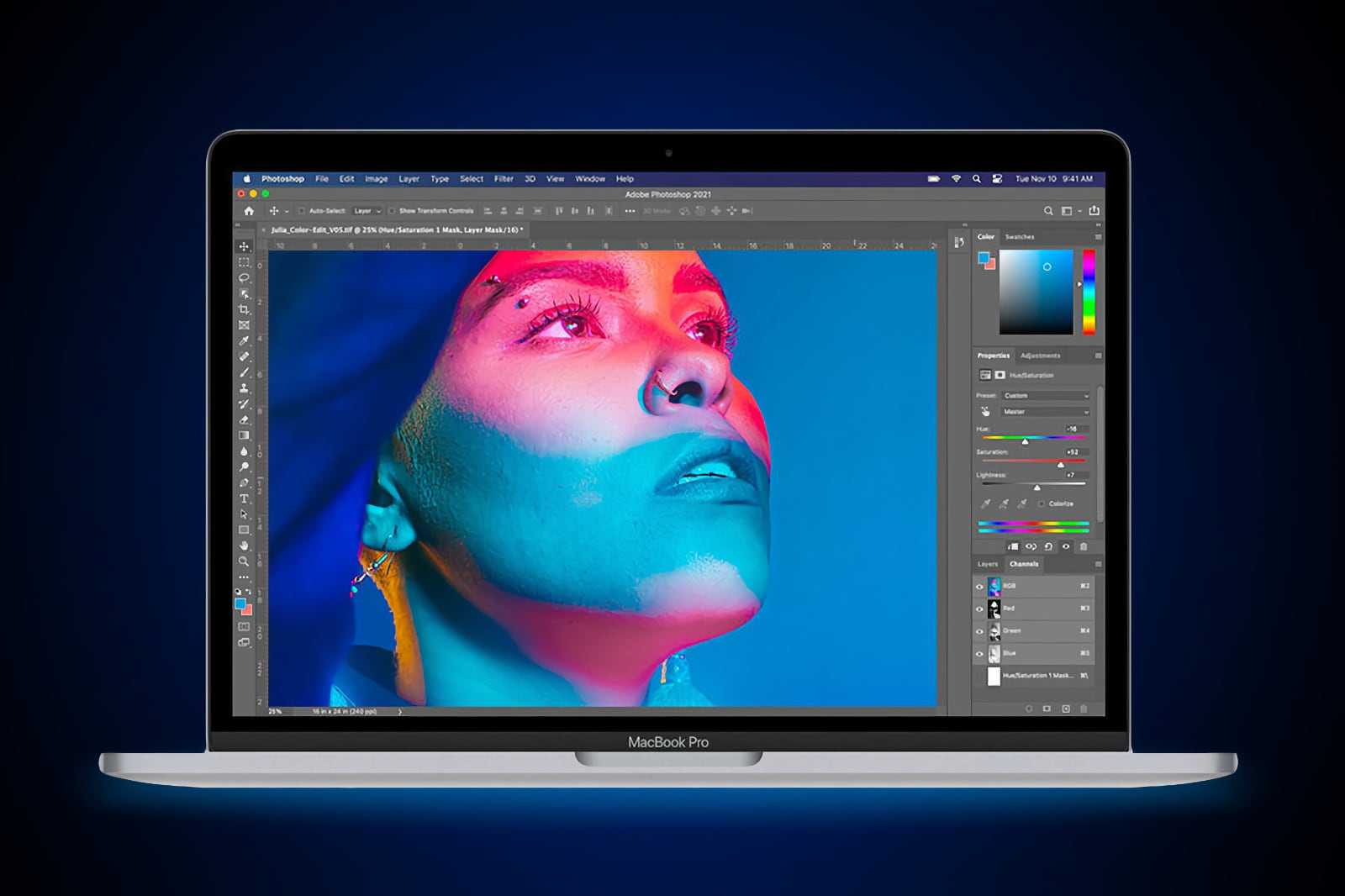

Virtual memory address space requires macOS to create Virtual Memory Page Tables in the kernel address space to keep track of the application virtual addresses given out. Depending on how much virtual memory is being called for, anything under 50-100GB free may trigger the message.ī) A process (or set of processes) have asked macOS for excessive amounts of virtual memory address space. This is generally not the case, but I mention because if you do have very low free storage, it might apply.

So unless one values portability above all else, the desktop PC will continue to be the best-in-class editing platform.There are 2 reasons for the "Your system has run out of application memory" dialog box.Ī) Your boot disk has very low free storage, and macOS cannot create page/swap files to offload virtual memory contents to disk.

That same $6,000 can buy a true monster of a PC. The slightly lighter weight Mac OS is not going to substantially lower those RAM requirements. If for no other reason than large effects can rise above even the $6,000 M1 Mac's 64GB RAM maximum. Will be shocked if a properly built PC does not continue to outperform M1 Macs in heavy effects and color grading of 4K video. Puget System's research shows which codecs are supported by which PC hardware for both DaVinci Resolve and Adobe Premiere. While the M1 can edit (some) 4K easily due to it's hardware accelerated H264 and H265 encoding and decoding, many PCs have the same or better levels of H264 and H265 hardware acceleration.

Which codec? Which bit depth? Which chroma subsampling? How old is the PC? Laptop? Desktop? Which CPU, GPU, RAM, SSD? There have been so many posts stating that "the M1 edits 4K flawlessly, while my PC stumbles". M1 cant compete with a very normal 9500 + 1060 ti in a simple renderĮxactly.


 0 kommentar(er)
0 kommentar(er)
